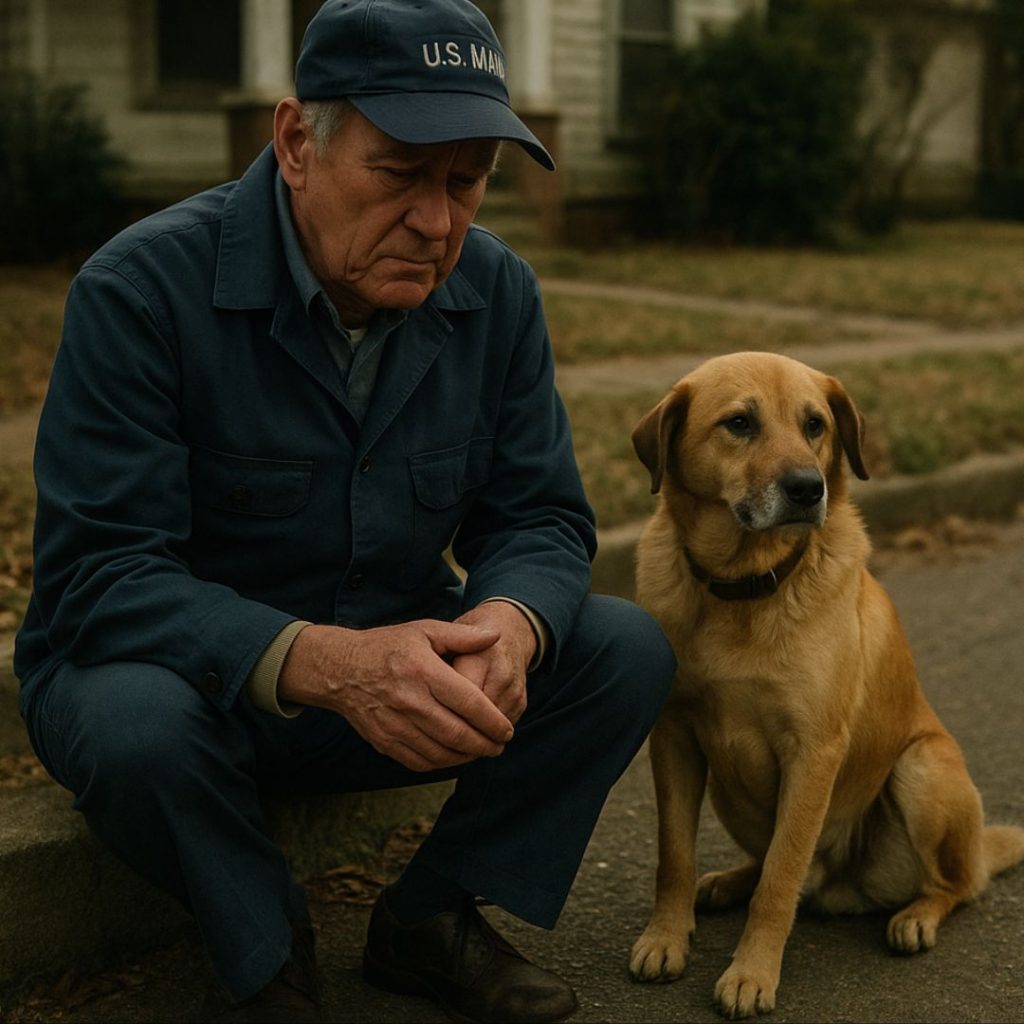Part 8: The Book in the Window
Autumn came soft and golden to Flagstaff, Arizona.
Eli stood inside a small independent bookstore called Sage and Smoke, watching through the front window as a group of older veterans slowly gathered for the reading. Some wore faded ballcaps embroidered with unit patches. One had a service dog lying beside his boots. Another leaned heavily on a cane, his jacket bearing a single bronze star.
Eli felt his throat tighten.
Tonight’s event wasn’t about promotion. It wasn’t about sales. It was about memory.
And about letting it breathe.
The store’s owner, a kind woman named Jodie, stepped up beside him and placed a hand on his shoulder.
“You all right?”
He nodded. “Just… trying to be worthy of the pages.”
She smiled. “You already are.”
The crowd settled in as the sun dipped low, casting warm light across the floorboards.
Eli stepped up to the podium with a single copy of The Camel Sketchbook in hand—now in its second printing, bound in linen, Azzam’s drawing printed softly across the inside cover.
He opened to Jason’s first camel sketch, the one with the crooked legs and the dust-swept horizon.
“This was drawn by a soldier named Jason Grady,” he began, voice even. “He wasn’t an artist by trade. He never took a class. But he drew because he couldn’t keep the war inside him. These pages were his way of leaving something behind that wasn’t just bullets and orders.”
He paused, flipped to the final image: Azzam’s own sketch of the boy holding up the camel.
“And this,” he said, holding it for them to see, “was drawn by the boy Jason tried to save. A child with no country left, who still believed the world could be kind.”
Silence.
Raw and reverent.
“I didn’t write this book,” Eli said. “I just carried it the rest of the way.”
The first clap came softly.
Then others followed, like rain breaking across an old roof.
—
Afterward, an elderly man approached Eli with a trembling hand and watery eyes. He introduced himself only as Frank.
“I served in ’91,” he said. “Our convoy passed through Basra after the ceasefire. I saw things I never told my wife about. But I remember one day, seeing a boy in the road holding a flower made of wire. My driver said, ‘Keep going.’ But I’ve never forgotten that face.”
Eli didn’t speak. He just nodded.
Frank squeezed his hand. “Thank you for giving him a name.”
—
A week later, a schoolteacher from Iowa requested 30 classroom copies.
Then a librarian in Georgia. A museum in San Diego. A nurse in upstate New York who ran art therapy groups for veterans with PTSD.
Each one wrote a version of the same message:
“This is more than a story. It’s a reminder.”
Eli began to realize something—this wasn’t just about war, or Jason, or Azzam.
It was about what gets left behind when the uniforms are folded away.
What still breathes in the silence.
What matters after the orders stop coming.
—
One day, Eli returned home to find a small box on his porch.
No return address.
Inside was a dusty, folded American flag.
Tucked beneath it: a copy of The Camel Sketchbook, bookmarked to the final chapter with a handwritten note that read:
“I buried this flag beside a tree in Safwan in 1991.
I dug it up last month after reading your book.
Some things should no longer stay buried.”
Eli ran his fingers along the edge of the folded cloth.
It smelled faintly of smoke and sand.
He placed it gently on the top shelf of his studio beside the flower, the replica sketches, and the sand vial Vasquez had sent.
This was the new archive.
Not of war.
Of memory.
—
The following spring, Eli traveled to Washington, D.C., where The Camel Sketchbook was quietly added to the Library of Congress.
There was no ceremony.
No speeches.
Just a simple handoff in a quiet reading room where the air smelled of old paper and the turning of centuries.
Eli asked the archivist where it would go.
“In our Veterans and War Literature section,” she replied, carefully placing it in a protective sleeve. “Alongside letters from Vietnam, diaries from Korea, trench sketches from World War I.”
She looked at him. “Yours is the only one that includes the child’s drawings.”
Eli said nothing. Just nodded, heart full.
—
Later, he walked to the National Mall.
He found a quiet bench between the Lincoln Memorial and the Vietnam Wall, sat beneath a tulip tree, and opened his journal.
He drew no faces.
No weapons.
Just wind moving across sand.
And a boy’s hand, holding a pencil.
Above it, a single line:
“He’s not forgotten anymore.”
—
One last letter would arrive before the story closed for good.
It came from Berlin. From Haider.
Inside was a photograph.
A new wooden sign, recently installed behind his bookstore.
Carved into the slats were the Arabic words:
ذاكرة الرمال
The Memory of the Sand
Beneath it, in smaller German and English lettering:
“In honor of Azzam, Jason, and all those whose stories live between silence and the page.”
Eli framed the photo and placed it above his desk.
Then he opened a fresh page in his journal.
And he began a new story.
Not about war.
Not about death.
But about how, sometimes, what we choose to carry can change what others forget to remember.


